What Role Do AI-Powered Templates Play in Faster Website Creation?


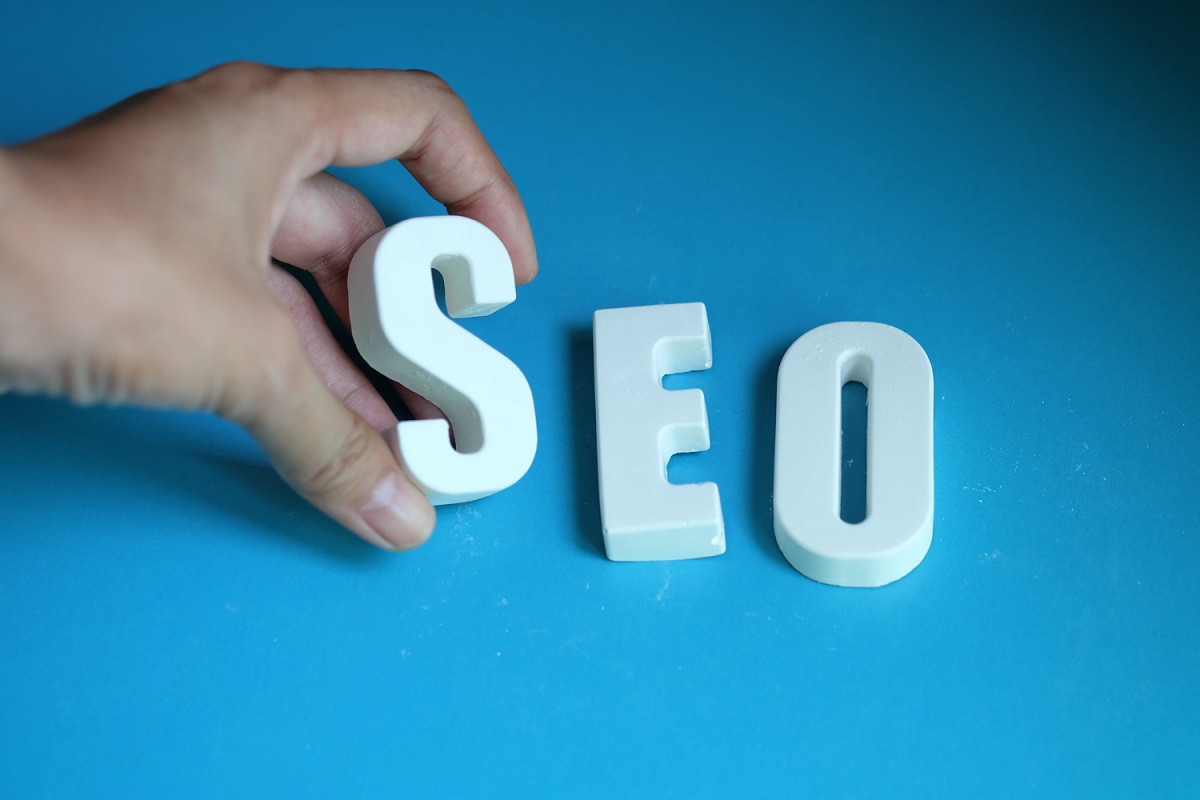
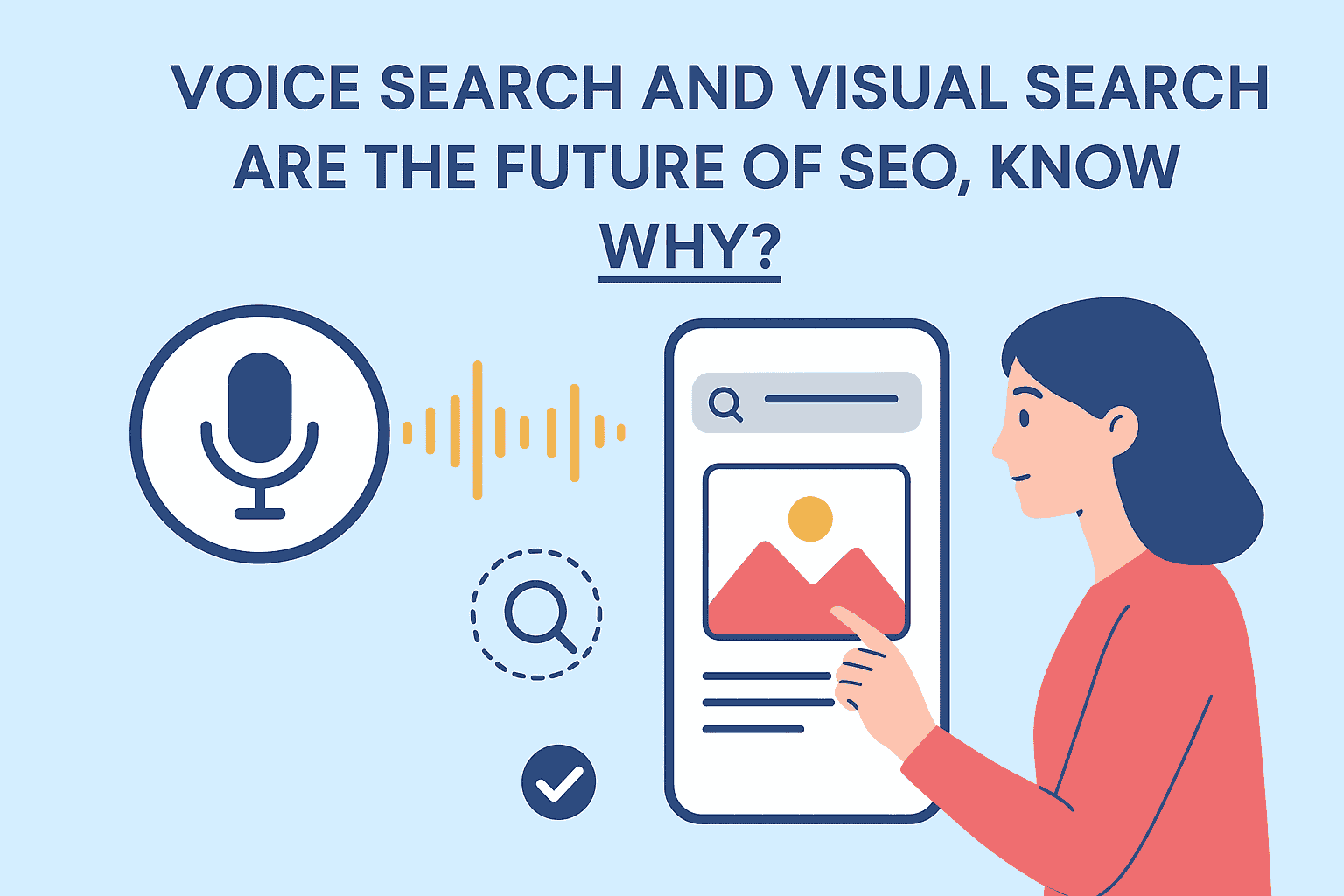
The voice and visual search is the new trend in the fast-evolving digital landscape, where search engines are becoming advanced with changing search patrons who are thriving on voice and visual search. Smart speakers, virtual assistants, and image recognition AI-based solutions are a trend, and any business should adapt to the changes in the optimization of its SEO strategies.
Optimizing towards the technologies yields extensive benefits, such as an increased degree of visibility and engagement with the user. This blog discusses the fundamentals of voice and visual search optimization and suggests useful tactics for creating a formidable presence in the technological world today.
Here are some of the prominent reasons behind voice and visual searches being so popular. Have a look at them one by one-
Over 50 percent of all searches are voice-related due to the growth in sales of smart speakers such as the Amazon Echo and the Google Home. Such voice enquiries are longer, more conversational, and usually structured as questions, e.g. Where is the nearest coffee shop, as this is the way people speak.
Image search is increasing in terms of visual search with Google Lens, Pinterest Lens, and Bing Visual Search, through which one can search for images. Visual product discovery is backed by social commerce in Instagram and TikTok. Due to the recent developments in AI, the recognition of images is now more efficient than ever, making the whole process of searching more enjoyable.
Voice-friendly SEO requires long-tail keywords that are conversational and help you answer questions such as what or where.
Avoid stock photos and use original high-quality pictures.
The concept of voice and visual search has become an inherent part of modern SEO. By prioritizing them, visibility and user experience are enhanced, and conversion rates are maximized, which is critical to businesses retaining a controlling stake in a rapidly changing digital environment.
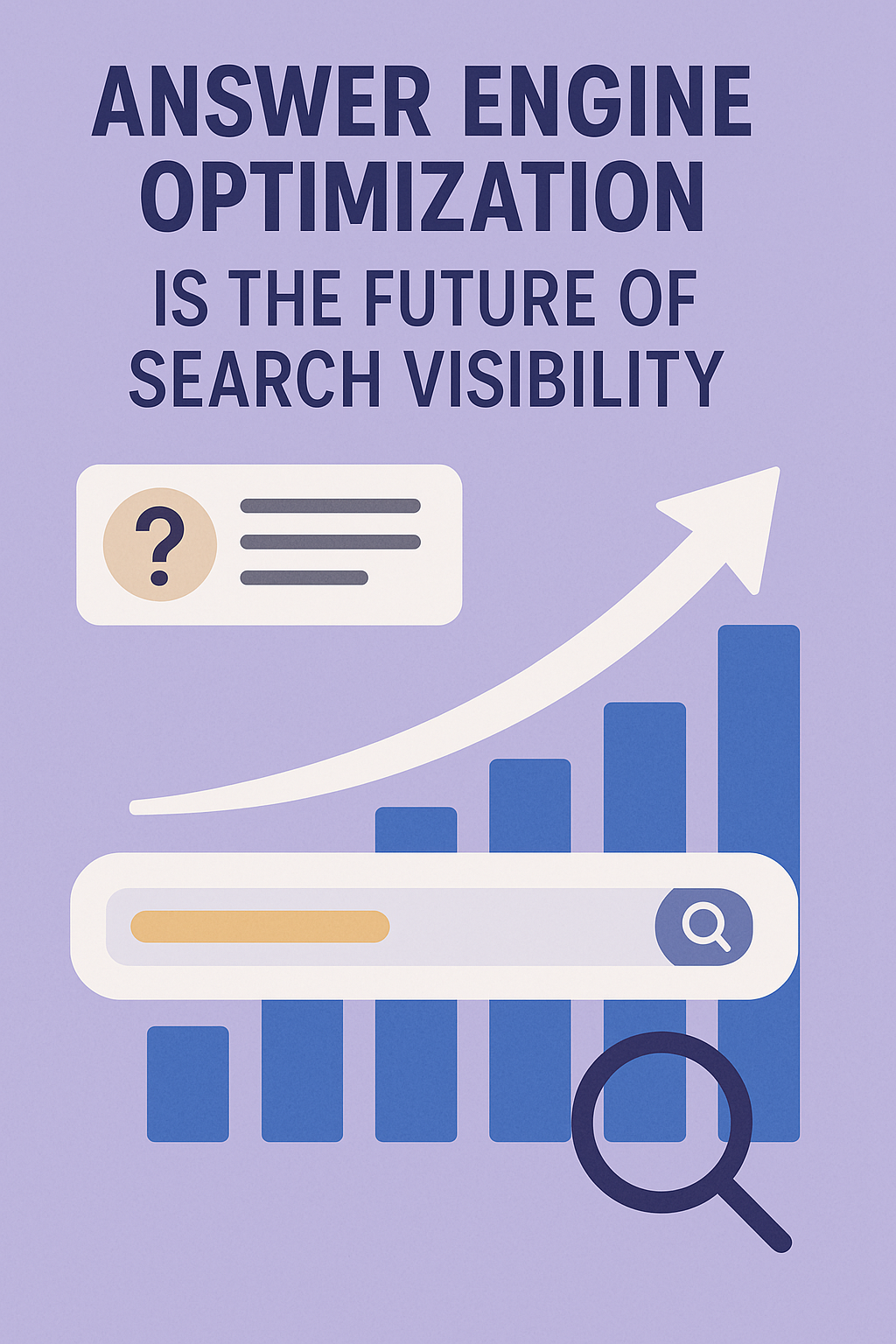
Digital marketing is evolving at a rapid speed, and Answer Engine Optimization (AEO) is rapidly becoming the new form of traditional SEO. With AI-powered technologies such as Google AI Overviews, ChatGPT, Perplexity, and Microsoft Copilot transforming the way humans search, companies need to become visible to retain their presence.
People no longer settle for links alone; they want quick and straightforward answers. In this guide, we will explain what AEO is, the difference between AEO and SEO, why it is important, the most common pitfalls, how to get started, and tips on how to excel in this new arena, provided by experts. Zenith Solz, one of India’s most trusted digital marketing companies, can help you with advanced methods to improve your Google ranking.
Answer Engine Optimization (AEO) is preparing the text specifically to feature in symptom-to-answer snippets, and not merely to be seen in the standard search results due to appearance in the keyword rankings.

SEO and AEO have different uses in the cyber world.
Artificial intelligence-based search engines such as Google AI Overviews and ChatGPT are changing the way the population accesses information. As voice search has become more popular, the format in which users address questions to the search tool has changed to be more conversational in nature: one asks, “How to repair a leaky faucet?”
To a greater extent, these searches are answered immediately, without clicking, as well. This is why more people take part in zero-click searches. It provides an even quicker, smoother user experience that attracts more people to the platforms, delivering quick and correct answers, which makes them even more trusted.
It is a clever idea to adopt Answer Engine Optimization (AEO) so that you can preserve lead over competitors who adopt AI search, get access to the traffic via voice queries and AI search engines, and consolidate the position of your brand as an established, relevant, and trusted source.
It will also help to minimize reliance on conventional SEO rankings because AI-obtained answers can be clicked without organic clicks. Nevertheless, when it comes to the strategy based only on the immediate traffic to the site, particularly in such industries as e-commerce, traditional SEO is still essential. AEO is not supposed to substitute any of your current SEO activities, but improve them.
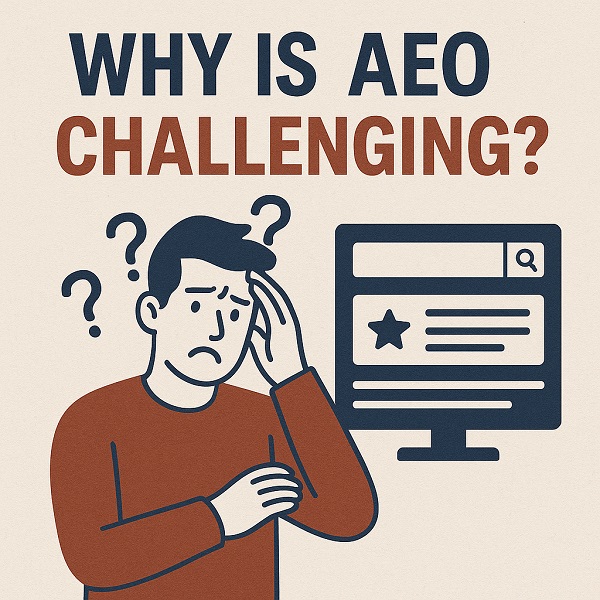
The Answer Engine Optimization (AEO) is distinctly different than ordinary SEO.
To succeed in Answer Engine Optimization (AEO), start by searching for popular users’ queries using tools like AnswerThePublic, Google (People Also Ask), or ChatGPT prompts.
Depending on the level of optimization of the content, in the short term, separate responses with well-optimized material may begin to appear in the text in one to three months. In the long run, continuity and the constructionism of quality are the factors needed in order to have an enduring visibility.
In contrast to the time-consuming traditional SEO, which could show its effect only in months, AEO has an opportunity to deliver faster victories with correctly structured content. It is recommended to focus on transparency and structure that will make it faster to be present in AI-powered search apps.
Well-optimized content may begin to be introduced into AI-generated answers in one to three months. Typical quality and building authority are needed to maintain long-term visibility.
Contrary to conventional SEO, which may require months before it delivers results, AEO has the potential to deliver faster victories, provided the content is well organized. Clarity and the form are the keys to speeding up an appearance in AI-based search instruments.
To maximize the benefits of Answer Engine Optimization (AEO), focus on providing concise and understandable answers to AI systems, enabling them to grasp and present the information with ease.
Answer Engine Optimization (AEO) is changing the concept of digital visibility, as AI alters the search patterns of the user. The businesses should become adaptive through clear and credible responses that can be readily identified and interpreted by AI systems to be conveyed as per the new search needs.
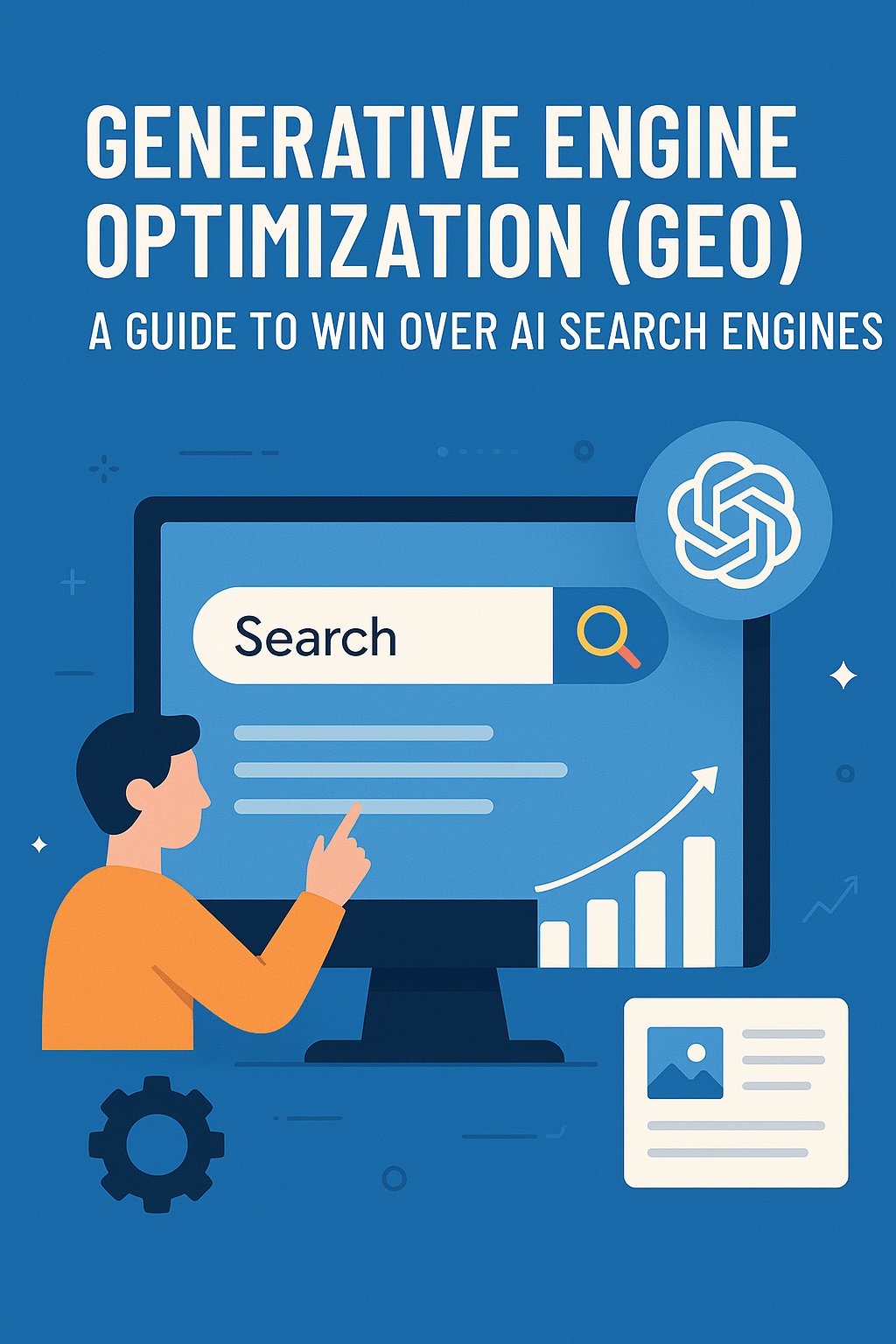
Digital marketing is changing from the traditional search engine to generative artificial intelligence such as ChatGPT, the AI Overviews (SGE) by Google, Gemini, Claude, and Perplexity. To counteract this, the brands are implementing Generative Engine Optimization (GEO) as the strategic approach of optimizing the content that is referenced, included, or canned in the answers that are generated by the AI.
The industry research suggests that the selection of GEO can enhance the visibility of the AI‑generated responses by up to 40 per cent. By the middle of 2025, GEO is not optional anymore; it is critical to reach, remain relevant, and have an effective brand.
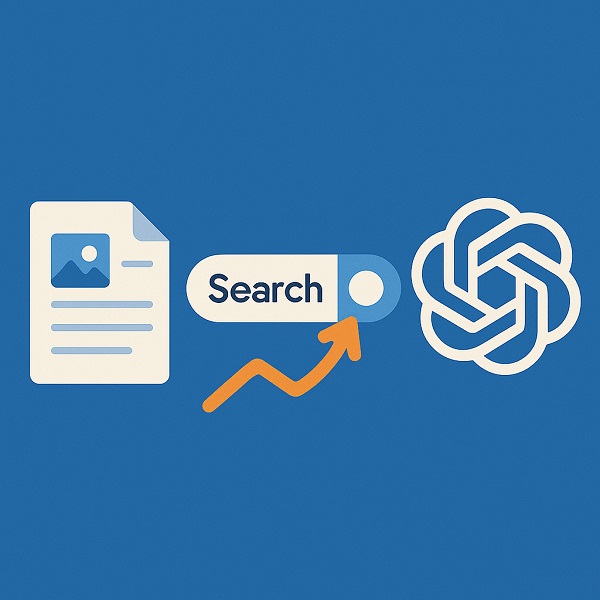
Definition: GEO refers to the process of optimising your content and internet presence in such a way that the AI-driven search engines are likely to choose, mention, or incorporate your content in the answers they give, other than merely giving a link as is done in the case of conventional SEO applications
GEO was first termed in late 2023 and codified through the scientific study as an offset against the link-based ranking system in favor of AI-first visibility.
The search volume of the Internet is shifting towards AI-driven tools. Google is also promoting the search results with its AI-driven answers that make the information more accessible.
Ranking and CTR are some of the traditional metrics of SEO, which are experiencing diminishing returns on SEO since users are reading through AI summaries rather than clicking. Companies such as Mailchimp or Back Market note decreased traffic patterns and are moving their marketing efforts to serve AI-crawlers and talk-based content.
At Athena, Profound, and Scrunch AI, new startups are pouring funds into such AI‑generated search visibility tracking and optimisation tools
| Optimization Approach | Primary Goal | Typical Content Style | Key Signals & Metrics |
| Traditional SEO | Rank high in search engine results pages (SERPs) | Keyword-rich, link optimized, meta tags | Keyword rankings, backlinks, CTR, bounce rate |
| Answer Engine Optimization (AEO) / AIO | Be selected for featured snippets or voice answers | Structured Q&A, schema, concise answers | Snippet inclusion, voice response metrics |
| Generative Engine Optimization (GEO) | Be cited or sourced within AI-generated responses | Contextual, narrative, authority-based | Citation frequency in ChatGPT/AI Overviews, brand mentions |
Table 1: Comparative Analysis
GEO requires a wider scope of power signals, machine-readable organization, and a wide web appearance, not just using powerful keywords or links.
There are some common strategies that one can use to get a high rank in the search engine and get a reference in the AI-generated responses.
These steps are listed in the industry-standard action plan by Backlinko:
The newer market area being raced to cover by startups is helping brands to be seen better by AI searches.
In the meantime, trust issues are increasing: it has been proven through some studies that AI models can elevate popular yet less reliable content, and in such a way, the voices of real humans and authoritative materials become essential.
Generative search is not another temporary stage; users are already moving towards AI-based tools to find information. As early as 2026, organic traffic will drop by 20 to 40 percent in brands that are relying only on traditional SEO.
To prosper:
Generative Engine Optimization is not a fad but a fundamental strategic shift that brands need to consider to remain in the eyes of the audience on AI-enabled search. GEO is not a substitute for SEO; it complements it with structure, authority, and conversational fluency, to get an AI system to pay attention.
However, integration of technical frameworks, professional information, organized listings, and brand recognition allows you to not only be indexed in AI-generated text but also be embedded within it, not being hidden in back-street links.
Take the GEO steps plan of action seriously. Monitor with tools and by hand. Performance-based iterate. Above all, communicate as the machines: decipherable, believable, chatty, and trusted. This is how your content can succeed in the new period of AI discovery.
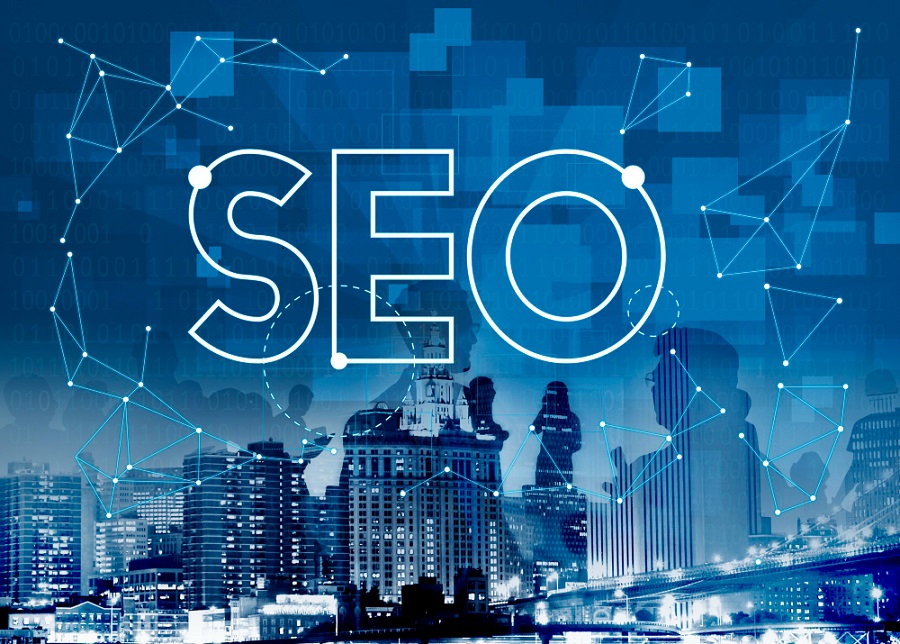
The strong competition and high customer expectations in North America and Western Europe mean that your digital marketing budget allocation can significantly impact your business’s financial performance. The main players in the game are suggested by SEO and PPC advertising.
However, investing more in one approach over the other should be based on what your company aims to achieve, how quickly you need to complete the work, and the resources on hand.
SEO (Search Engine Optimization) is about making your website and its content easier to find when someone searches online. Here, quality in content, keyword usage, links from other websites, a well-structured site, and a good user experience are given priority. Results can come gradually, but they tend to be permanent and affordable later in life.
Paid advertising services, such as models such as Google Ads, fall under the category of PPC, and here, businesses must place a bid and pay when a user clicks their ad. This strategy allows you to be seen and assess results, as long as you maintain the funding for the ads.
Understanding the importance of each approach guides companies in allocating their money wisely.
SEO is a long-term process that shouldn’t be rushed. Healthy SEO budgets allot resources to:
While SEO may not show immediate results, the cost to acquire customers decreases as time goes on. In businesses where customers must go through a lengthy process (legal, real estate, SaaS), dedicating time to SEO can help acquire visitors who come back over a longer period than advertising can provide.
Ideal Spend:
Put about 30-50% of your advertising budget for SEO if you want your brand to be more trusted online, receive consistent leads, and rely less on paid ads in the long run.
PPC is very useful if you are looking for quick outcomes such as introducing a new product, getting into a new market, or increasing sales during certain seasons. Your budget should cover:
You have the option to manage your costs tightly, how you target the audience, and the messages you deliver. However, if you end your PPC funding, the traffic will also stop. For this reason, PPC fits perfectly for businesses that need a quick result in markets where ranking on search engines is hard.
Ideal Spend:
Preset around 40-60% of your digital budget to use in PPC if you need quick results from launching new things, changing markets, or competing for top positions in search results.
Businesses that do well in the market usually link SEO and PPC. They do not separate them but use both at every stage of the funnel.
By using both SEO and PPC, you can gain trust and reach your goals with more precision. Here, companies can take the help of Zenith Solz or other marketing agencies, which can perfect the budget.

Global economic operations in modern times create more and more overlapped boundaries between traditional physical business and digital business approaches. A noticeable distinction still separates businesses that direct their operations through digital approaches from those that depend mostly on physical operations.
Companies starting with digital approaches are outperforming traditional businesses in every metric, including speed of growth and adoption, as well as network expansion throughout Europe, the US, and Southeast Asia. There are several digital marketing services through which
This text presents evidence of why digital-first brands succeed together with methods that enable traditional businesses to evolve toward digital operations.
A business based on digital operations naturally possesses the capacity for growth. Physical infrastructure like retail locations and inventory space or manual workforce are not necessary for digital operations since they can expand without encountering equal financial burdens.
Small companies make use of Shopify, Amazon, and Stripe as technological platforms to access worldwide markets beyond keeping physical offices. Digital-first businesses deploy cloud-based infrastructure together with remote teams to deliver real-time international services that break down distance-related limitations.
Digital brands benefit from scalable operations, which provides them superior market position, particularly in fresh economies and through worldwide crises such as health emergencies and global events.
Digital business operations demonstrate lower expense costs because of their digital approach. Such businesses skip expenses associated with retail real estate space as well as large workforce employment and physical stock inventory handling and utility costs in their local area.
Companies that use cloud computing alongside automation tools such as Zapier and HubSpot with AI-powered support systems minimize costs and sustain high-quality operations. Online advertisement methods, including digital ads combined with SEO and email marketing, yield better ROI than traditional outdoor or radio advertising while maintaining more budget efficiency.
Excelling margins derived from this lean business structure enable digital-first firms to use their surplus revenue toward innovation development along with talent acquisition or international market expansion.
Digital-first businesses thrive on analytics. Online user conduct and social media interaction produce data that businesses analyze and put into practice instantly.
The combination of Google Analytics and Meta Pixel and CRM platforms allows digital businesses to deliver personalized user interactions while enhancing their product fit strategy and adjusting marketing activities while they are in progress. Data analysis in traditional businesses happens through time-delayed methods such as market surveys and foot traffic measurement, which results in reduced response times to changes.
Digital businesses achieve worldwide audience reach instantly through basic clicks because their main advantage emerges from their ability to deliver highly targeted services. Digital-first models enable businesses to reach French Canadians through targeted ads at affordable prices and to create Spanish-language websites specifically targeted at Latin American users without causing significant costs.
Social platforms, including TikTok and Instagram, as well as YouTube function as worldwide storytelling platforms which let businesses change their brand voice according to different cultures and languages.
Here, one can connect with the marketing services companies like Zenith Solz, as they are capable of providing the right solution by taking care of the budget.